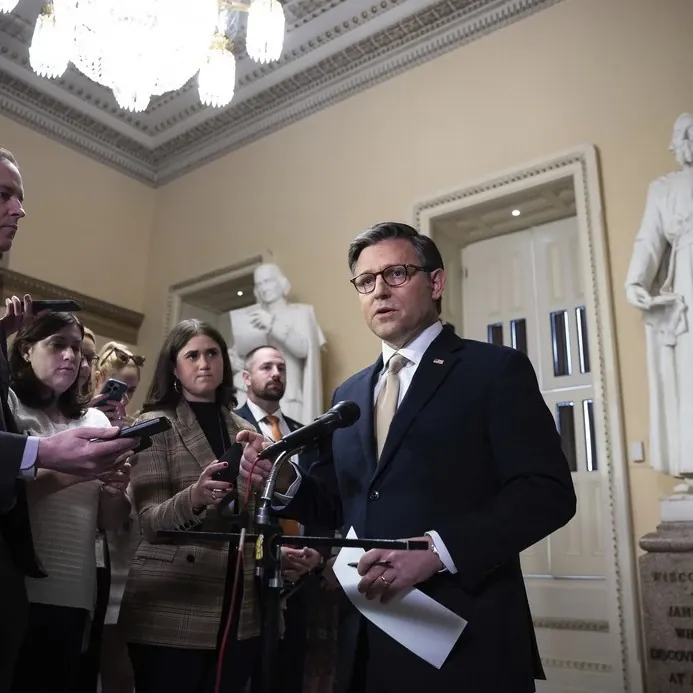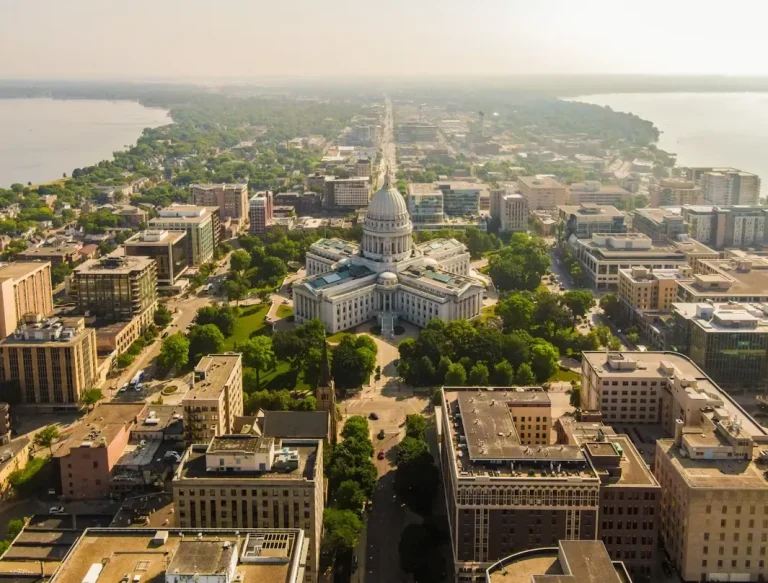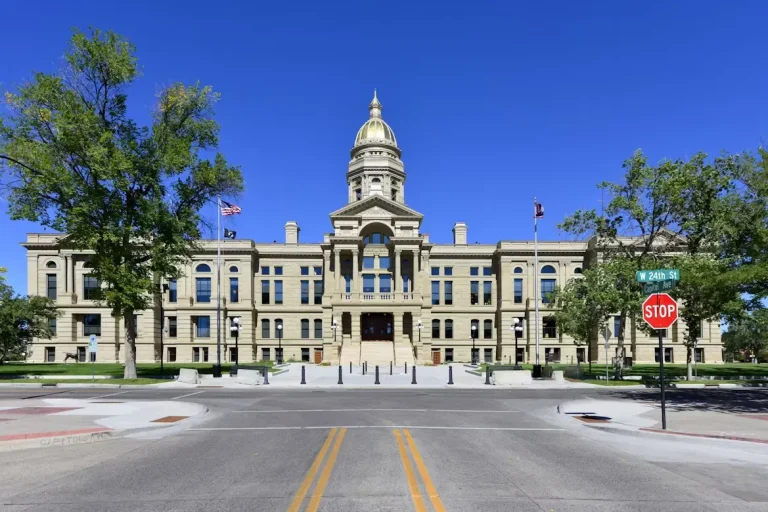Salt Lake City
Salt Lake City, the capital of Utah, is renowned not only for its stunning mountain backdrop and vibrant culture but also for its dynamic local government. The city operates under a mayor-council form of government, which fosters an environment for civic engagement and community participation. This article delves into the structure of Salt Lake City’s government, the importance of city council meetings, and how residents can become involved.
Government Structure
Salt Lake City is governed by a mayor and a city council consisting of seven members. The mayor is elected at-large and serves as the chief executive officer, whereas the city council members are elected from specific districts within the city.
- Mayor: The mayor oversees the city’s executive functions, implements policies, and represents the city in various capacities.
- City Council: Each council member represents a specific district, ensuring that the diverse needs of the community are addressed. They play a critical role in enacting laws, approving budgets, and shaping city policy.
City Council Meetings
City council meetings are a cornerstone of municipal governance in Salt Lake City. These meetings provide a platform for council members to discuss various issues, propose legislation, and engage with constituents. The meetings are typically held biweekly and are open to the public, allowing residents to participate in local governance.
Importance of City Council Meetings
The significance of attending city council meetings cannot be overstated. Here are some reasons why these gatherings are vital:
- Transparency: Meetings are open to the public, promoting transparency in government operations.
- Accountability: Elected officials are held accountable for their decisions and actions during these sessions.
- Public Input: Residents have the opportunity to voice their opinions, ask questions, and provide feedback on various issues affecting their community.
- Education: Attending meetings can educate residents about local government processes, issues at hand, and the decision-making that affects their lives.
Engagement Opportunities
Civic engagement is essential for a thriving democracy. Salt Lake City offers various opportunities for residents to become involved beyond attending council meetings:
- Public Comment: Residents can sign up to speak during public comment periods, where they can share their thoughts on specific agenda items.
- Community Boards: Salt Lake City has various boards and commissions that focus on specific areas such as housing, transportation, and parks. Residents can apply to serve on these boards to influence policy directly.
- Workshops and Forums: The city often holds workshops and forums to discuss community issues, providing a platform for deeper engagement.
- Volunteer Opportunities: Residents can volunteer for city-sponsored programs and initiatives, helping to improve their neighborhoods and the city as a whole.
How to Access City Council Meetings
For those unable to attend in person, Salt Lake City provides various options for accessing council meetings. Meetings are typically livestreamed, allowing residents to watch from the comfort of their homes. Additionally, recorded sessions are available for later viewing, ensuring that everyone has a chance to stay informed about local governance.
To access these resources, residents can visit the official Salt Lake City website or Civic Stream, which hosts recordings and livestreams of government meetings. This accessibility enhances civic participation and allows residents to remain engaged with their local government.
Conclusion
Salt Lake City’s local government is a vital aspect of the community’s infrastructure, promoting democratic participation and civic responsibility. By attending city council meetings and engaging with local initiatives, residents can play an active role in shaping the future of their city. As a vibrant and evolving metropolis, Salt Lake City thrives when its citizens are informed, involved, and invested in the democratic process.



